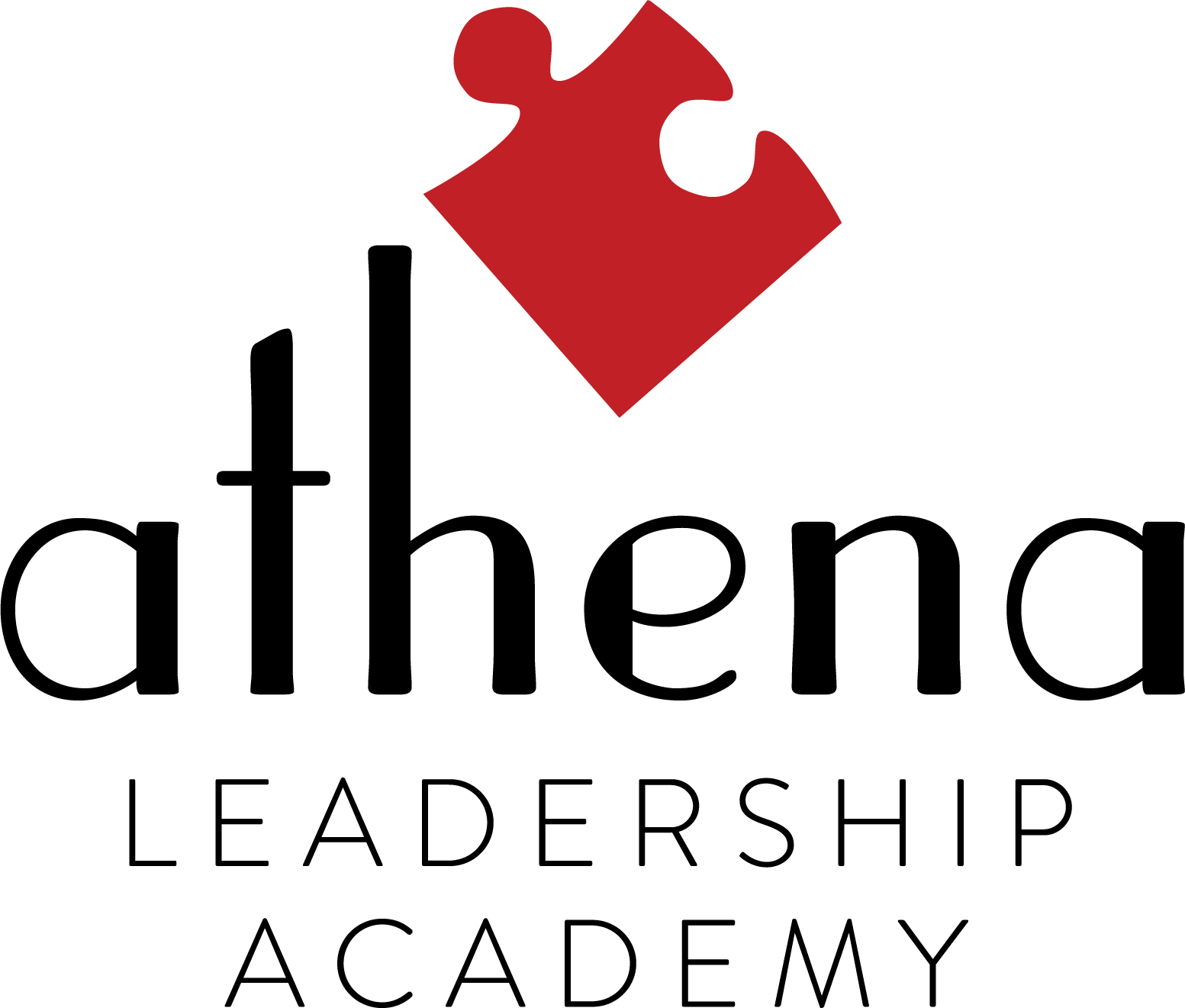Mastering the techniques for effective team coaching is paramount in leadership and team development. Last week, we delved into the overarching strategies for effective team coaching. Today, let’s zoom in on the actionable techniques that leaders can employ to elevate team performance, foster collaboration, and cultivate a culture of continuous improvement.
Active Listening
Active listening is the cornerstone of effective communication and coaching. As a leader, strive to listen not just to respond but to understand. Pay attention to verbal and non-verbal cues, ask clarifying questions, and demonstrate empathy. Active listening creates an environment where team members feel heard, valued, and respected, fostering trust and psychological safety.
Powerful Questioning
Powerful questions stimulate critical thinking, encourage reflection, and provoke insightful conversations. Ask open-ended questions that challenge assumptions, spark creativity, and invite diverse perspectives. By posing thought-provoking questions, leaders can guide team members towards deeper insights and solutions, empowering them to take ownership of their growth and development.
Strengths-Based Approach
A strengths-based approach focuses on leveraging individuals’ unique talents and capabilities to drive team success. Encourage team members to identify their strengths and find opportunities to apply them in their work. Celebrate achievements and milestones that showcase the collective strengths of the team, fostering a culture of appreciation and empowerment.
Facilitative Leadership
Facilitative leadership involves guiding and supporting the team through collaborative decision-making and problem-solving processes. Instead of dictating solutions, leaders empower team members to explore options, weigh alternatives, and make informed decisions together. By serving as facilitators rather than directive authority figures, leaders foster ownership, accountability, and creativity within the team.
Team Building Activities
Team building activities play a crucial role in strengthening relationships, fostering trust, and enhancing collaboration. From icebreakers and trust-building exercises to team retreats and offsite workshops, these activities provide opportunities for team members to bond, communicate effectively, and work towards common goals. Tailor activities to suit the team’s dynamics and objectives, ensuring they are engaging, inclusive, and aligned with the team’s culture.
Conflict Resolution Techniques
Conflict is inevitable in any team setting, but how it is managed can make all the difference. Equip yourself with effective conflict resolution techniques to address disagreements and tensions constructively. Encourage open dialogue, active listening, and a focus on finding mutually beneficial solutions. By addressing conflicts early and respectfully, leaders can prevent escalation and strengthen relationships within the team.
Continuous Learning and Development
Finally, prioritise continuous learning and development within the team. Create opportunities for skill-building, knowledge-sharing, and professional growth. Offer coaching, mentoring, and feedback to support individual development paths and cultivate a culture of continuous improvement. By investing in the growth and development of team members, leaders not only enhance team performance but also foster loyalty, engagement, and retention.
Effective team coaching is not just about implementing strategies; it’s about mastering the techniques that drive meaningful change and transformation within the team. By actively listening, asking powerful questions, adopting a strengths-based approach, and embracing facilitative leadership, leaders can empower their teams to reach new heights of performance and collaboration. Coupled with team-building activities, conflict-resolution techniques, and a commitment to continuous learning and development, these techniques lay the foundation for success in today’s complex and dynamic work environment.





